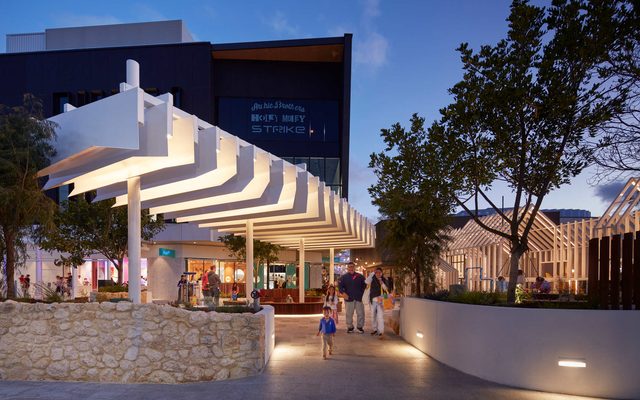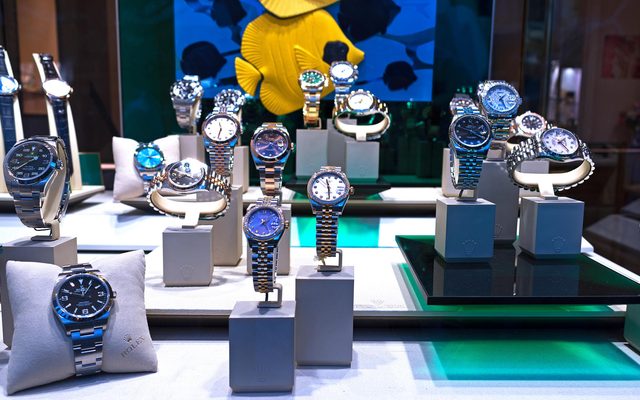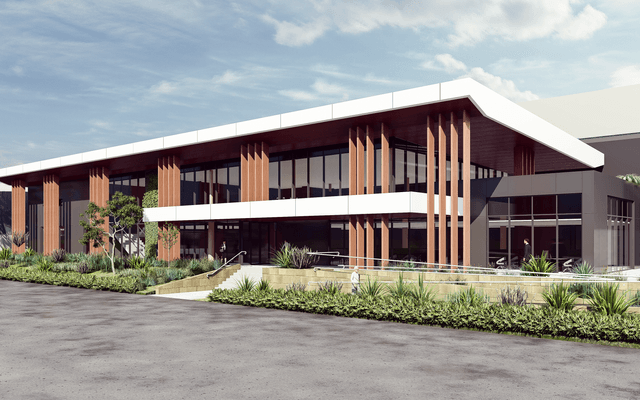This article is from the Australian Property Journal archive
MYER will close three department stores following a slump in its annual profits and writedowns from its failed investment in Topshop and sass & bide, as it seeks to navigate a tough retail environment and attract consumers whilst avoiding discounts.
Net profit after tax was 1.4% down to $67.9 million after a July downgrade, and sales were down 0.2% to just under $3.202 billion on a comparable store basis, as reductions in space since September 2015 – the launch of its “New Myer” strategy – were taken to 74,670 sqm.
Statutory net profit after tax dropped by 80.3% to $11.9 million. A target average sales growth more than 3% from 2016 to 2020 remains in place.
Chief executive officer and managing director, Richard Umbers, said Myer would not renew its leases at Colonnades, Belconnen and Hornsby, following on from recent store closures at Wollongong, Brookside and Orange, and space handbacks at Cairns and Dubbo, as well as Queensland DC.
Umbers spruiked a “leaner, more productive and efficient” organization “better places to compete in a rapidly changing environment.”
“We have made significant progress to deliver New Myer which has assisted the company to withstand the challenging retail trading conditions characterised by heightened competition, subdued consumer sentiment and discount fatigue,” he said.
“In the year ahead we will be rolling out further initiatives particularly in our strongly performing omni-channel business in anticipation of a further wave of change in consumer and competitive behaviour,” he said.
However, he said the group was “obviously disappointed” to have not reached its target of bettering last year’s NPAT of $69.4 million, and that “progress against our metrics that matter is slower than we anticipated”.
Sales for FY18 are already “below expectations” ahead, and the consensus for underlying NPAT of $66 million – a further drop on this year – already takes the slow start into account.
Myer wrote off its 20% stake in Topshop’s local operator Austradia of $6.8 million, having initially paid $9.8 million for a 25% stake as part of its New Myer launch, a $600 million strategy to shake-up its fashion offering and arrest profit slumps.
It also took a hit of $38.8 million from the ongoing soft performance of its sass & bide label, which returned a drop in sales of $10.9 million over FY17.
Umbers said the performance of the group’s online business was the “standout” of the result, with sales by 41%.
“Omni-channel sales which also includes sales via our 2,500 iPads in store, reached $177 million during the year now representing a penetration of 8.2% of total sales in July 2017. Similarly Click & Collect has grown strongly to now represent 15% of orders in July 2017.”
Last week Citi analysts said the looming introduction of Amazon may come within 60 days. The US-based retail monolith is already preparing to open a fulfillment centre in Melbourne’s Dandenong South, and is widely tipped to further reshape retailers’ distribution channels and online services focus.
Recent JLL figures showed online retailing is driving record industrial spacetake-up levels, with the firm’s research showing that since 2015 the annual gross take-up recorded by the retail, wholesale and the transport, postal & warehousing sectors was 54% above the 10-year average of 1,165,700 sqm.
JLL’s head of industrial Australia, Michael Fenton, said that as margins continue to come under pressure from online sales and the entry of foreign players, retailers will look for ways to streamline their cost structures.
“This will involve the integration of their brick-and-mortar and online sales channels. From a logistics perspective, the key will be having well-located distribution centres to service their shops and customers directly. This is leading to a net increase in the demand for quality distribution space,” he said.
“We are seeing retailers increase investment into their supply chains and go through the process of evaluating their supply chain requirements. The requirements from fulfilment centres will evolve as retailers look to capture a greater volume of online sales.”
Myer’s operating gross profit was more than $1.220 billion, and margin down 58 basis points to38.12%, which Umbers said broadly reflected the higher concession mix.
“We continue to invest to drive an improved performance of our Myer exclusive brands with upgraded installations and a dedicated brand service model which has delivered encouraging results.
“Our focus on reducing the dependency on markdowns to drive sales, favourably impacted the operating gross profit result.
“During the period, we continued to improve productivity and efficiency by simplifying the operating model both within stores and the support office. The cost of doing business margin reduced by a further 54 basis points to 31.85%,” he added.
Myer’s earnings per security was 8.3c, down from 8.8c, and dividend per share was steady at 5.0c.
Australian Property Journal




